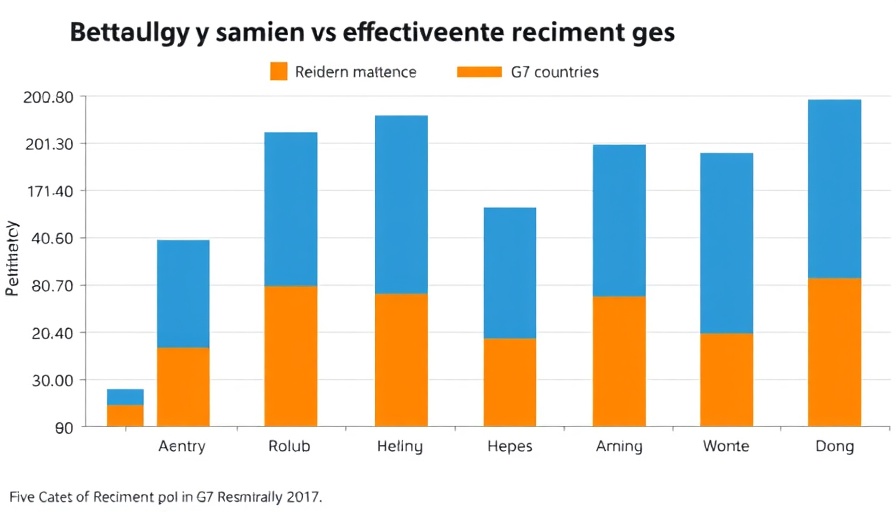
Understanding the Rise of Contingent Workers
Today, a staggering 38% of the U.S. workforce operates in a contingent capacity, a number expected to escalate to 50% over the next decade. This shift signifies a critical juncture for HR leaders who must navigate an increasingly complex landscape of talent management.
Why Data Matters in Workforce Management
Doug Leeby, the CEO of Beeline, underscores the importance of leveraging contingent talent data as a strategic asset. He asserts, "Data is at the heart of this." Organizations that embrace a proactive approach to data management can not only enhance operational efficiencies but also significantly reduce labor costs. A well-rounded understanding of the contingent workforce allows for more informed planning and resource allocation.
The Necessity of a Unified Talent Strategy
Traditionally, many organizations have relegated their contingent workforce to a secondary status, leading to a lack of visibility into the so-called "shadow workforce"—those external workers not captured within standard HR systems. As Leeby points out, these overlooked employees can account for up to 50% of total labor costs within some firms. It is essential for organizations, particularly CHROs and Chief People Officers, to adopt an integrated perspective that regards all talent—regardless of employment status—as key contributors.
What This Means for Future Workforce Strategies
By incorporating data-driven insights into their workforce planning, HR leaders can explore various labor models that optimize both financial and operational outcomes. This shift toward a comprehensive view of talent management fosters a people-first culture that encourages high performance and employee engagement.
Conclusion: Are You Prepared for the Contingent Future?
The landscape of work is shifting dramatically, and it’s crucial for leaders to adapt accordingly. As more organizations recognize the value of contingent talent, the ability to manage and optimize this workforce will become a pivotal differentiator in achieving business success. It's time for HR professionals to harness the power of contingent workforce data and stay ahead in the evolving game of talent management.
 Add Row
Add Row  Add
Add 




Write A Comment